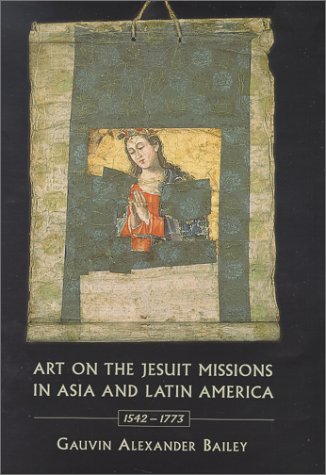When the Jesuit missionaries ventured from Europe to newly discovered territories in Asia and Latin America, they brought with them the rich traditions of Renaissance and Baroque art and architecture. What happened to the artistic and social practices already thriving in the communities that the missionaries encountered is the story told by art historian and Jesuit specialist Gauvin Alexander Bailey. The Jesuits, determined to convert both spiritually and culturally, put great effort into imparting their own artistic techniques and knowledge. At the same time they were unusually tolerant of the non-European cultures, making artistic accommodations in order to communicate with each particular society. The resulting hybridization was complex: German, Italian, and Flemish as well as the dominant Spanish and Portuguese idioms mingled with multiple Asian and Amerindian traditions. Bailey argues that this cross-pollination of early modern art became the first truly global visual currency for cultural exchange.
Through a sweeping look at Japan, China, Mughul India, and Paraguay, the author focuses on four of the most flourishing artistic encounters and discovers much unrecognized or misunderstood art. He overturns the simple thesis that art was imposed on subject cultures in favour of the more difficult paradigm of exchange. This meticulously researched book has over 100 beautiful illustrations and a thorough index. Winner of the 2000 Roland H. Bainton Prize Winner for Art and Music History - Sixteenth Century Studies Conference
- ISBN10 0802046886
- ISBN13 9780802046888
- Publish Date 17 December 1999
- Publish Status Transferred
- Out of Print 22 May 2015
- Publish Country CA
- Imprint University of Toronto Press
- Format Hardcover
- Pages 408
- Language English
